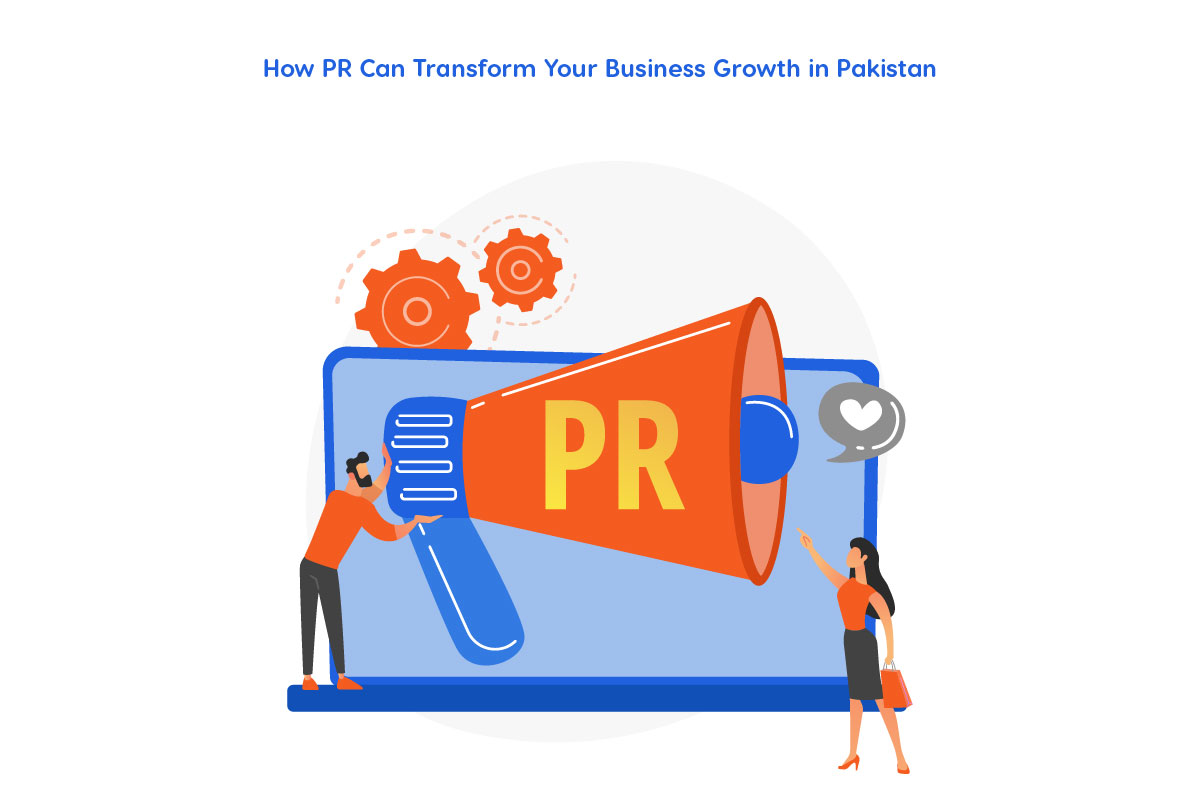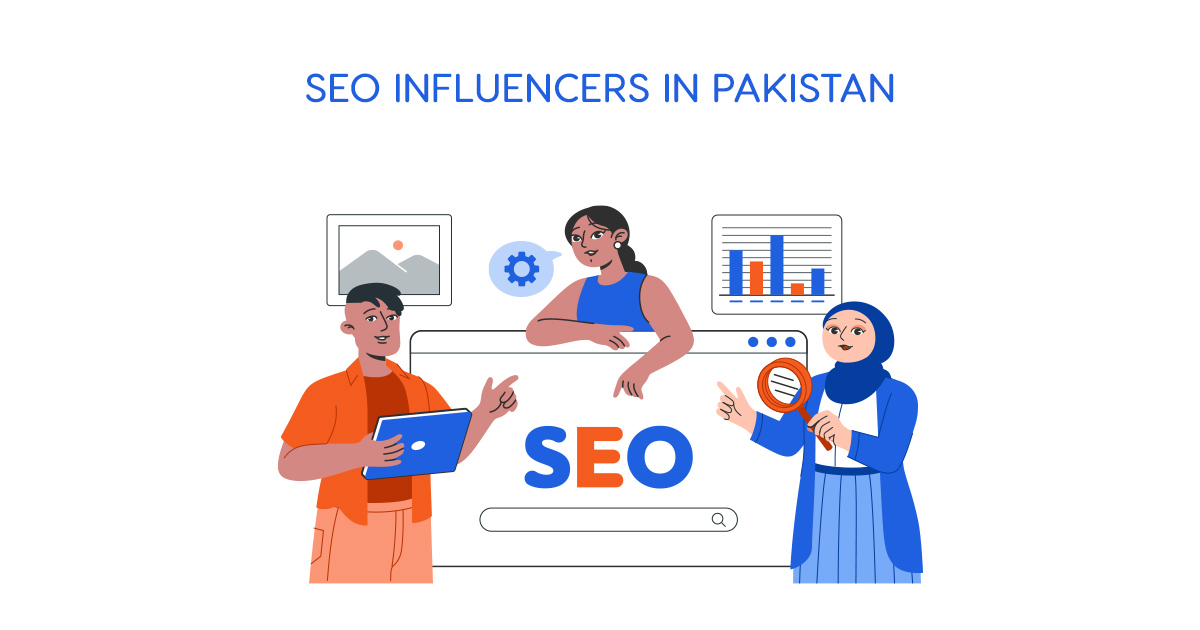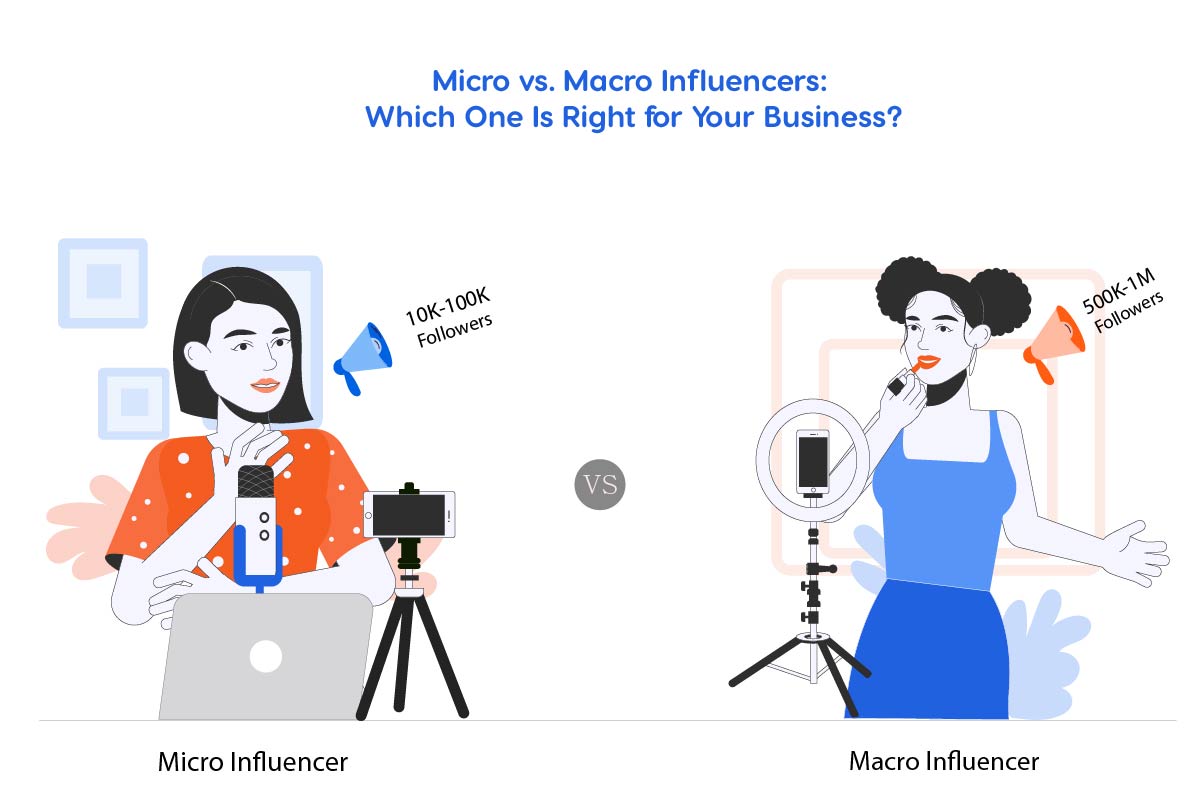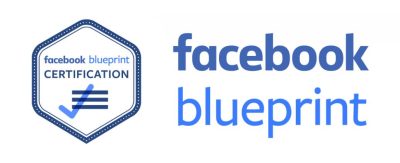The internet has made it easier to share information and connect with people around the world. It has also led to the rise of instant communication through email, instant messaging, video calls, and social media. Over 87 million internet users (as of 2025) with steady growth due to affordable smartphones and mobile broadband. 4G and 5G networks expanding with telecom companies like Jazz, Zong and Telenor playing a major role. Internet penetration reaches rural areas through initiatives like the Universal Service Fund (USF). Digital marketing has become central to business strategies with platforms like YouTube, TikTok and Instagram gaining immense popularity. Influencers and content creators are a significant part of the ecosystem with diverse content serving entertainment, education and lifestyle niches. Cities like Karachi, Lahore and Islamabad are becoming startup hubs. Significant investment from local and international venture capital firms in industries like health tech, ed-tech and ride-hailing. In this thorough article, our Tashheer research team has explained everything related how influencers are bridging the gap between urban and rural audiences in Pakistan.
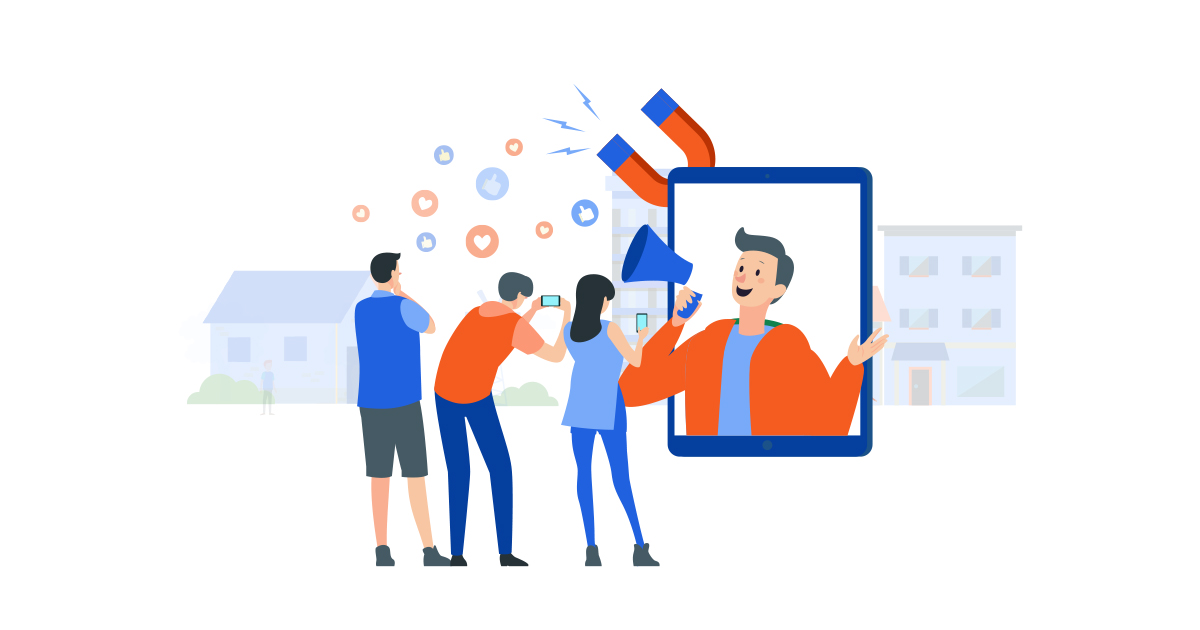
Are you looking for influencer marketing services? Get in touch with us and elevate your brand’s reach today!
Uniting Urban and Rural Pakistan Through Influencer Content
Tashheer’s research team explains in this blog how social media influencers bring together urban and rural communities in Pakistan, as follows:
The Rise of Influencers in Pakistan
The influencer industry in Pakistan is growing with micro- and nano-influencers becoming more prominent. This is due to their high engagement rates and niche expertise which makes them attractive to brands. Influencers now bridge the gap between brands and audiences, creating relatable content that resonates with diverse demographics including urban and rural populations. Budget-friendly devices have enabled more people to access online platforms. According to a recent survey, 79% of people said they bought a product after seeing an influencer use it. Influencers are categorized based on their audience size, mentioned as:
| Type | Followers | Characteristics | Examples |
| Mega Influencers | 1 Million+ | Famous personalities with massive reach but less personalized engagement. | Celebrities like Mahira Khan. |
| Macro Influencers | 100K – 1 Million | Established content creators with significant influence in their niche. | Irfan Junejo (YouTuber). |
| Micro Influencers | 10K – 100K | Highly engaged audiences, often in specific niches. | Local food or fitness bloggers |
| Nano Influencers | <10K | Small but highly loyal and niche-specific followers. | Regional craft promoters. |
Breaking Stereotypes
One of the most important contributions of influencers in Pakistan is their ability to challenge stereotypes about rural and urban life. Historically, rural areas have often been depicted as underdeveloped and backward while urban centers are portrayed as the epitome of modernity. Influencers are dismantling these misconceptions by showing the richness of rural culture and the complexities of urban life. For example, rural based influencers frequently share content highlighting the beauty of village life, traditional crafts and community values. Similarly, urban influencers promote rural traditions by incorporating elements like local music, handicrafts and folklore into their content. This exchange not only promotes mutual appreciation but also breaks down the “us versus them” mentality that has long persisted in Pakistan.
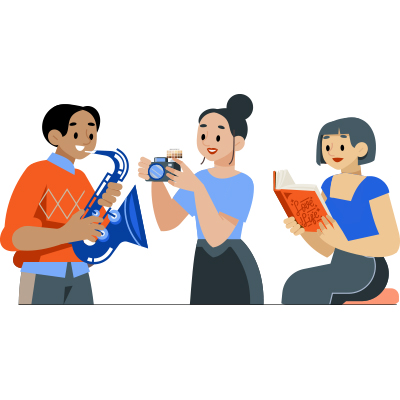
Promoting Cultural Exchange
Cultural exchange is at the heart of bridging the urban rural divide and influencers have become its torchbearers. Through their content, they introduce their audiences to the unique aspects of each culture.
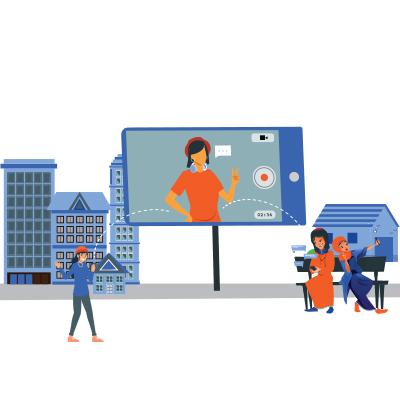
Influencers from urban areas frequently collaborate with rural creators, shedding light on local festivals, farming practices and traditional cuisines. Conversely, rural influencers bring urban culture into focus, showing how city dwellers celebrate festivals, run businesses or manage fast-paced lives.
| Event | Influencers’ Backgrounds | Shared Perspectives | Purpose of Collaboration | Audience Impact |
|---|---|---|---|---|
| Eid | Urban and Rural Influencers | Celebrating Eid in diverse ways that resonate with all audiences | Create an inclusive narrative celebrating traditions | Encourages both rural and urban audiences to find common values |
| Basant | Urban and Rural Influencers | Highlighting different ways of celebrating Basant | Promoting unity through shared cultural experiences | Fosters understanding of similar values and traditions across regions |
How to avoid fake influencers in Pakistan? Let’s read more about it.
Empowering Marginalized Voices
Influencers are also instrumental in amplifying the voices of marginalized groups particularly in rural areas. Women, farmers and artisans, who often lack platforms to share their stories, find representation through influencers. Social campaigns highlighting the struggles of rural communities such as access to education, healthcare and clean water, reach urban audiences who can then contribute to these causes. Rural women, for example, are increasingly gaining visibility as influencers show their entrepreneurial ventures such as embroidery, pottery and organic farming. By doing so, influencers not only promote rural talent but also inspire urban audiences to support and invest in these communities. This creates a ripple effect of empowerment and economic growth.
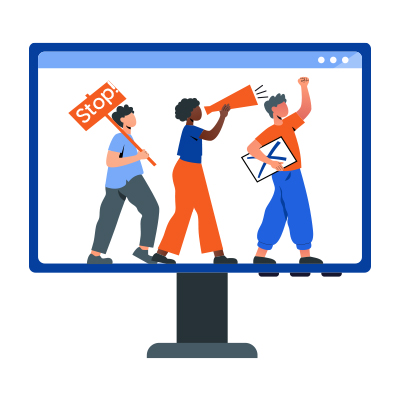
Economic Opportunities
The economic impact of bridging the urban-rural divide is undeniable. Influencers act as conduits for promoting rural products to urban audiences, encouraging fair trade and supporting local businesses. Through campaigns that highlight rural craftsmanship, influencers help artisans gain exposure in urban markets, thereby enhancing their economic prospects. Moreover, urban startups and brands increasingly see rural areas as untapped markets. Influencers play a key role in promoting these products and services in ways that resonate with rural audiences. Whether it’s introducing technology, healthcare products or educational tools, influencers tailor their messaging to suit the cultural and economic sensibilities of both demographics.
Challenges
Despite their significant contributions, influencers face challenges in truly bridging the urban-rural divide. Internet accessibility remains a major barrier with many rural areas lacking reliable connectivity. Language differences and literacy levels also pose hurdles in creating content that appeals to all audiences. Also, societal biases and prejudices can sometimes hinder the effectiveness of their efforts. Influencers must navigate these obstacles by creating inclusive, relatable content and leveraging their platforms to advocate for better infrastructure and digital literacy. Collaborating with government and non-governmental organizations can further amplify their reach and impact.
How to use influencer marketing to expand your brand’s social media presence? Let’s read more about it.
Final Words
The rise of social media and online communities has changed the nature of social interactions and relationships. In Pakistan, influencers have emerged as powerful agents of social integration, using their platforms to break stereotypes, promote cultural exchange, empower marginalized voices and create economic opportunities. This article explores the key trends and reasons behind the rise of influencer marketing in Pakistan. By promoting mutual understanding and respect, influencers are not just bridging the urban-rural gap, they are paving the way for a united and progressive Pakistan. This growth has changed the e-commerce, finance, education and entertainment industries.
